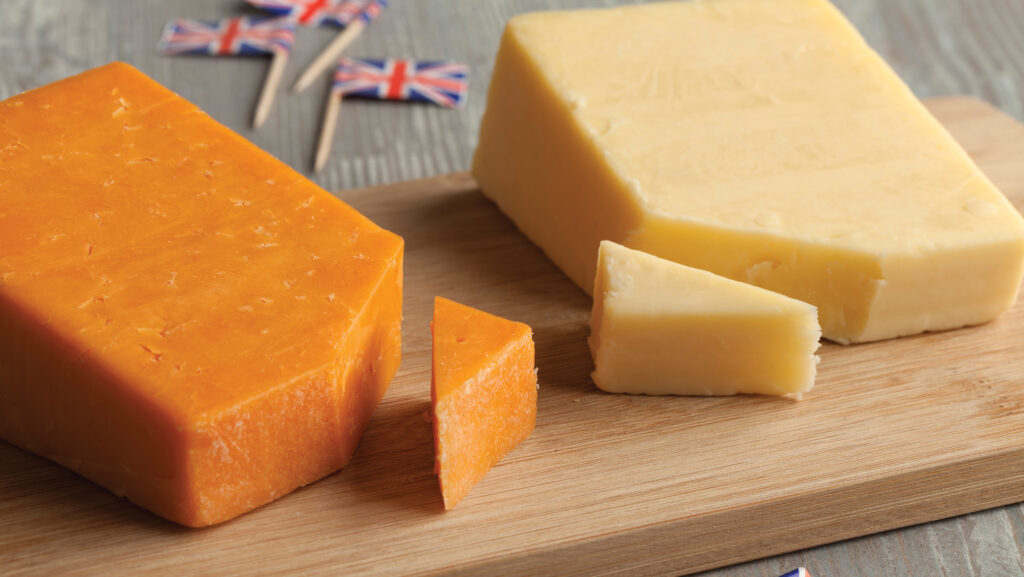Strong EU export markets add premium to farmgate prices
 © Istockphoto
© Istockphoto The livestock and dairy sectors have both benefited from strong demand for exports, which has helped to strengthen farmgate values in the past year.
The UK exports more than 500,000t of red meat each year, along with 1.2m tonnes of dairy products.
The EU remains the largest export destination, accounting for almost 60% of UK food and drink exports, worth £13.9bn in 2023, according to the Food & Drink Exporters Association (FDEA)
FDEA director Sandra Sullivan said France remained the largest market for exports of sheepmeat, while beef exports to the EU had shown strong increases during 2024.
She said: “Ghana and South Africa are now two countries which are in the top five of non-EU destinations for beef exports.”
Ms Sullivan said pork exports tended to focus on helping to balance the carcass to make sure that cuts used less frequently in the UK could find an export market.
“A lot of [pork] volumes are to places like China and the Philippines, where the increases have been quite substantial,” she said. “Often that is for offal and the fifth-quarter products.”
Asia is one of the few markets forecast to achieve actual growth in volumes in the coming years, according to Ms Sullivan.
She added that the opportunities for exports were huge, and it also helped to spread risk.
However, one major meat processor told Farmers Weekly that with supplies incredibly tight in the UK, it was having to focus almost entirely on the domestic market just to fill retail orders, and didn’t have the volumes of stock at present to consider exports.
Dairy volumes fall
UK dairy export volumes dropped marginally during 2024, but cheese exports to the EU were up by 11% on the year.
Somerset-based dairy processor Wyke Farms, which exports to more than 160 countries, has noticed a growing market for its products in the US.
Richard Clothier, managing director of Wyke Farms, was optimistic that exports would remain strong and said the UK produced food to the highest standards in the world and global consumers loved the quality of British products.
He added that the UK had a very consolidated retail sector, which was very competitive and provided cheap food to the masses – premium products could get lost and damaged in that process.
“Developing those premium export markets is absolutely the right strategy,” he said.
Opportunities in halal market
The halal market offers a valuable opportunity for UK farmers, with industry estimates suggesting that more than £800m is spent on halal meat in the domestic market alone each year.
The AHDB’s Halal Retail and Consumption report found that 80% of halal consumers ate lamb each week, compared with just 6% of the wider UK population.
Dr Gama Khan, of specialist halal meat processor Shazan Food, said: “From research and market trends we know how important the halal sector is to the UK, both domestically and internationally.
“Three years ago, we began bridging the gap between producers and halal consumers, creating platforms to enable us to showcase British produce and build loyalty.
“The AHDB has been a key part of that process, playing an extremely important and pivotal role facilitating and supporting these initiatives, where the stakeholders can come together to promote British produce, such as this activity during Ramadan.”
Vanessa Adamson, consumer insights manager at the AHDB, added that while Muslims made up about 6.5% of the UK population, they accounted for roughly 30% of lamb sales by volume.
The numbers
11% Increase in value of UK beef exports to EU during 2024
£13.9bn Value of UK food and drink exports to EU in 2023
80% Percentage of UK halal consumers eating lamb each week
